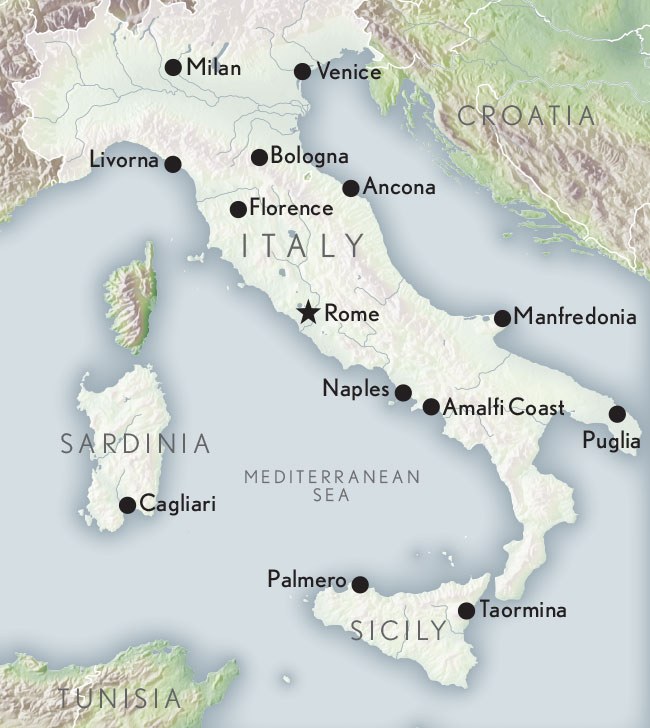Arts & Culture
Living In Italy
News & Events
Travel In Italy
Uncategorized
The Italian Language – Differences Between North and South
When you think about Italy, what is the first thing that comes to mind? The Colosseum in Rome, gondolas in Venice or the sparkling waters of the Amalfi coast? Most likely, you think of many cultural and natural wonders that make Italy one of the most beautiful countries in the world. But let’s face it – one of the most charming things about Italy is its language. It may be one of the romantic Romance languages, but the Italian language is not uniform throughout the country. As surprising as it may seem, there are significant differences between the Italian spoken in the North and South of Italy.
A visitor to Italy may find that they are initially confused by the differences in the Italian language, particularly if they encounter different dialects of the language. Italy has many dialects, and some are so completely distinct from one another that they can hardly be considered the same language. However, when it comes to the Italian language, there are two main variations to know about – the northern and southern dialects.
Unlock Your Italian Paradise
Are you dreaming about your next Italian adventure? Click below and in just 1 minute you’ll discover the destination perfect for you with all our best tips for your dream vacation.
Some of the most noticeable differences between the two dialects are in the pronunciation. People in the North generally speak with a flatter and less melodic tone of voice, whereas Southern Italians typically speak with a more sing-song intonation. For example, the famous double consonants that are such an important aspect of the Italian language are always pronounced more prominently in the South.
A significant difference between the two dialects is grammatical. The Northern Italian language is closer to the standard Italian that you find in textbooks and grammars, while the Southern Italian dialects are closer to the original Latin of old Italy. The grammatical structures of the southern dialects may appear more complicated because of the intricate Arabic, Spanish and Greek influences that have affected the language.
Moreover, the vocabulary used varies from region to region, which is particularly true of certain words that can have several different meanings, depending on the area where they are used. The classic example is the word “peppers”. In the northern regions, “peppers” are ‘peperoni’, whereas in the south, ‘peperoni’ refers to capsicum chili peppers, while bell peppers are ‘peperoni dolci’ or sweet peppers.
One of the striking things about Italy is that it boasts a significant number of dialects that come with different levels of difficulty for Italian language learners. However, studying these dialects can open up yet another layer of Italy’s culture and traditions, as they reflect the history and customs of the people who developed them. So, whether you’ve always been drawn to the passion and romance of the Italian language or you are looking to broaden your knowledge of a remarkable culture, learning about these dialects is a must.
The Italian language is a source of fascination for many visitors to Italy, and it can be an interesting experience to discover its intricacies for yourself. While some visitors might find the variations in dialects overwhelming or confusing at times, the differences in pronunciations, grammar, and vocabulary offer a chance to learn and appreciate the unique linguistic traditions that exist throughout Italy. Whether you are exploring the northern regions, or experiencing life in the south, take the time to immerse yourself in the local dialects and gain another perspective on the beauty of the Italian language.
